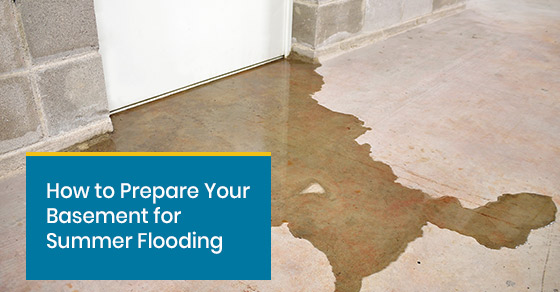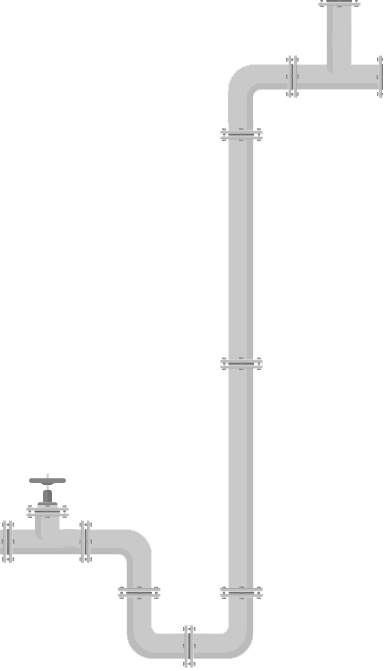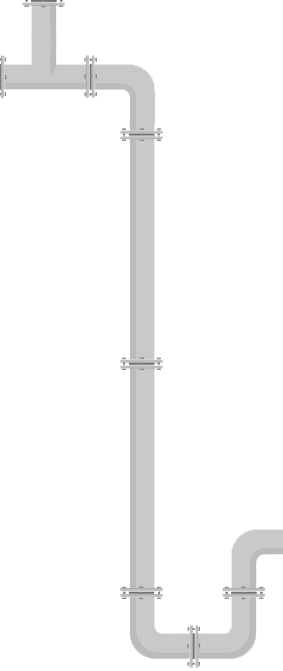How to Prepare Your Basement for Summer Flooding
Posted by Jason Genah on 20-07-2020

Canadian insurance companies pay billions of dollars annually to insured homeowners who have been affected by floods, making this the most expensive natural disaster in the country. Most of these funds go towards fixing the effects of basement flooding. Since basements are located underground, periods of heavy downpours—like during summer—cause water to accumulate in the ground and eventually seep into the basement. Homes located in low-lying areas or near streams experience even more severe cases of basement flooding.
Basement flooding in Canada is attributed to a variety of factors that range from poor urban drainage designs for existing municipal infrastructure to individual buildings with inadequate sanitary, foundation, and/or lot drainage. Fortunately, various successful approaches have been applied to protect basements against flooding, such as enhancing the local and regional drainage systems. That said, there’s always the risk that homeowners will experience flooding, so it’s important to implement protection measures in your individual dwelling.
Why protect your home from basement flooding?
Basement flooding can cause substantial damage to your personal property and have severe repercussions for the livability of your house. Some of the common effects of flooding include:
- Damage to furniture, electronics, and other property in the basement.
- Damage to irreplaceable items of sentimental value.
- Damage to the basement wall and flooring materials.
- Structural damage to your home.
- Damage to your home’s electrical and HVAC system.
In addition, the resulting dampness and mould growth can have health implications to your family. The excess water can also overload your neighbourhood sanitary sewer, thus causing a backup.
How to Protect Your Home from Flooding Damages
As a homeowner, there are various actions you can take on your property to minimize the risk of basement flooding. However, the first thing you should do is hire a licensed plumber to perform a comprehensive plumbing investigation on your home. Then, explore flood reduction options with your municipal government to identify the best strategies for your specific property.
Moreover, your plumbing contractor will need to secure the proper permits from your municipal government to ensure that the right materials and construction practices are applied. Essential devices, such as sump pumps and backwater valves, are positioned in the correct places with regard to the drainage and plumbing features of your home.
Depending on the results of the detailed inspection of your home by professional plumbers, they may recommend various basement flood reduction strategies that range from simple to complex practices, including:
1. Clearing clogged sewer gates
Leaves, garbage, yard waste, snow and ice, and other debris can clog your storm sewer grates, obstructing the drainage. Repeated clogging cases may be due to a problem in the catch basin, which may cause basement flood damage for you and your neighbourhood. A professional plumber can help clear and/or report it to the municipal government if further action is needed.
2. Sealing cracks in the basement floor and foundation walls
If the detailed inspection by your plumber reveals cracks in your foundation walls and basement floor, they can proceed to seal them to minimize the risk of infiltration flooding and reduce the amount of water draining through the basement floor drain. Your plumber can choose the best products to seal the cracks from inside your basement. If the cracks are severe, you may need to engage the services of a structural engineer because they may be caused by structural problems with your home that require substantial repairs.
3. Sealing overland flood entry points
Water can also enter your basement from overland flood events through unsealed openings in your basement walls, such as gaps around electrical wiring, pipes, phone and TV cables, around the framing on your windows, and other areas. An inspection from Drain King Plumbers can help to reveal such entry points so they can be professionally sealed.
4. Maintenance of eavestroughs and downspouts
Regular inspection and maintenance of your eavestroughs and downspouts are necessary to remove debris that may clog the system. This is because it can cause water to pour over the side and fall closer to your home, where it may run down the side of your foundation. Water can also pour into your window wells that may be connected to weeping tiles via a drainage pipe. If the water enters your basement through cracks in the foundation wall, you may be at risk of basement flooding.
Your plumber should follow municipal guidelines regarding whether the downspouts should be connected to your sewer system or directed over your lot using downspout extensions (at least 1.8 metres away from your home.) This is to ensure it flows over permeable surfaces, such as gardens or lawns, as opposed to paved surfaces like walkways and driveways. Plumbers will ensure that flow from the downspout is directed to the proper municipal drainage system; that the exposed pipe leading underground is capped to prevent extra water from entering the sewer system, and splash pads are in place to stop erosion at the discharge point.
Directing flow from your downspouts to reduce the amount entering municipal sewer systems helps to reduce the risk of flooding for you and your neighbours, as well the environmental consequences of stormwater flows. If you want to add rain barrels, your plumber will ensure that the set up is appropriate, so the overflow is directed onto a splash pad about 6 feet from your house.
5. Weeping tiles, sump pumps, and sump pits
Your plumber will investigate whether your home has a foundation drain or weeping tile, which is the underground perforated pipe running along the bottom of your home’s foundation to keep the basement free of excess moisture and reduce infiltration flooding. If you don’t have one, the licensed plumber will install it to reduce water damage in your basement. If the weeping tiles are clogged with debris or some sections have collapsed or are old and made of clay or concrete, your plumber may recommend flushing the system to remove debris. They may also replace the entire system with new perforated plastic pipes, or at least doing patch-work replacement of damaged sections to ensure proper drainage.
Keep in mind that weeping tiles should not be connected to the stormwater lateral since water can be pushed back during a storm sewer overflow, damaging your foundation walls and causing infiltration flooding. Instead, the plumber will direct the water to a sump pit, from where it can be pumped out using a sump pump and directed to permeable surfaces, like your downspout discharge.
6. Installing a backwater valve
These mainline backwater valves are installed directly into the sewer lateral at the foot of the wall in your basement to prevent sewer backups in your home. This is a complicated task that should only be undertaken by a skilled and licensed plumber.
Final Note
Make sure to visit your municipal government for guidelines and even financial assistance for installing or altering your home’s plumbing to reduce basement flooding. Hire a licensed plumber today to conduct a thorough plumbing investigation on your home and make the necessary changes to prevent any damage. Also, consult your insurance provider to determine the types of flood damages covered under your homeowner’s policy, since a good number of flooding cases are not covered for damages.
For more information on how to ready your basement for summer flooding, contact Drain King Plumbers at 833-983-5301.




